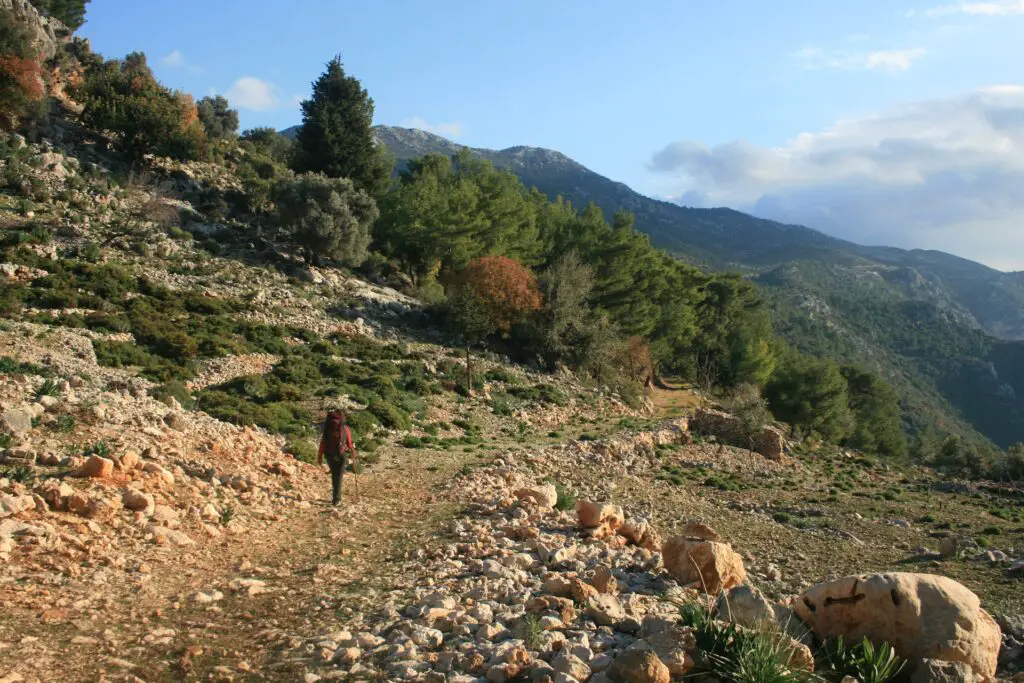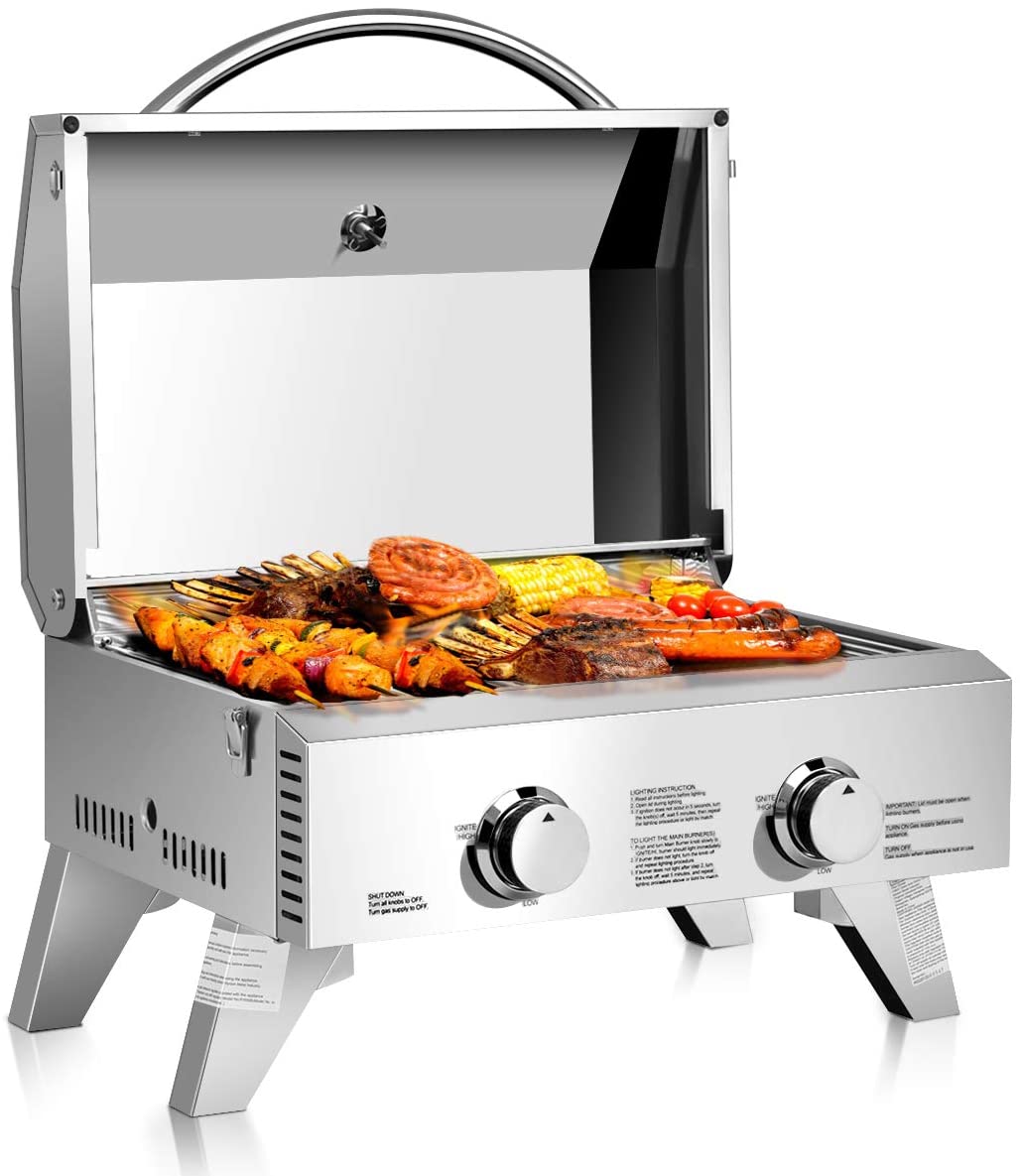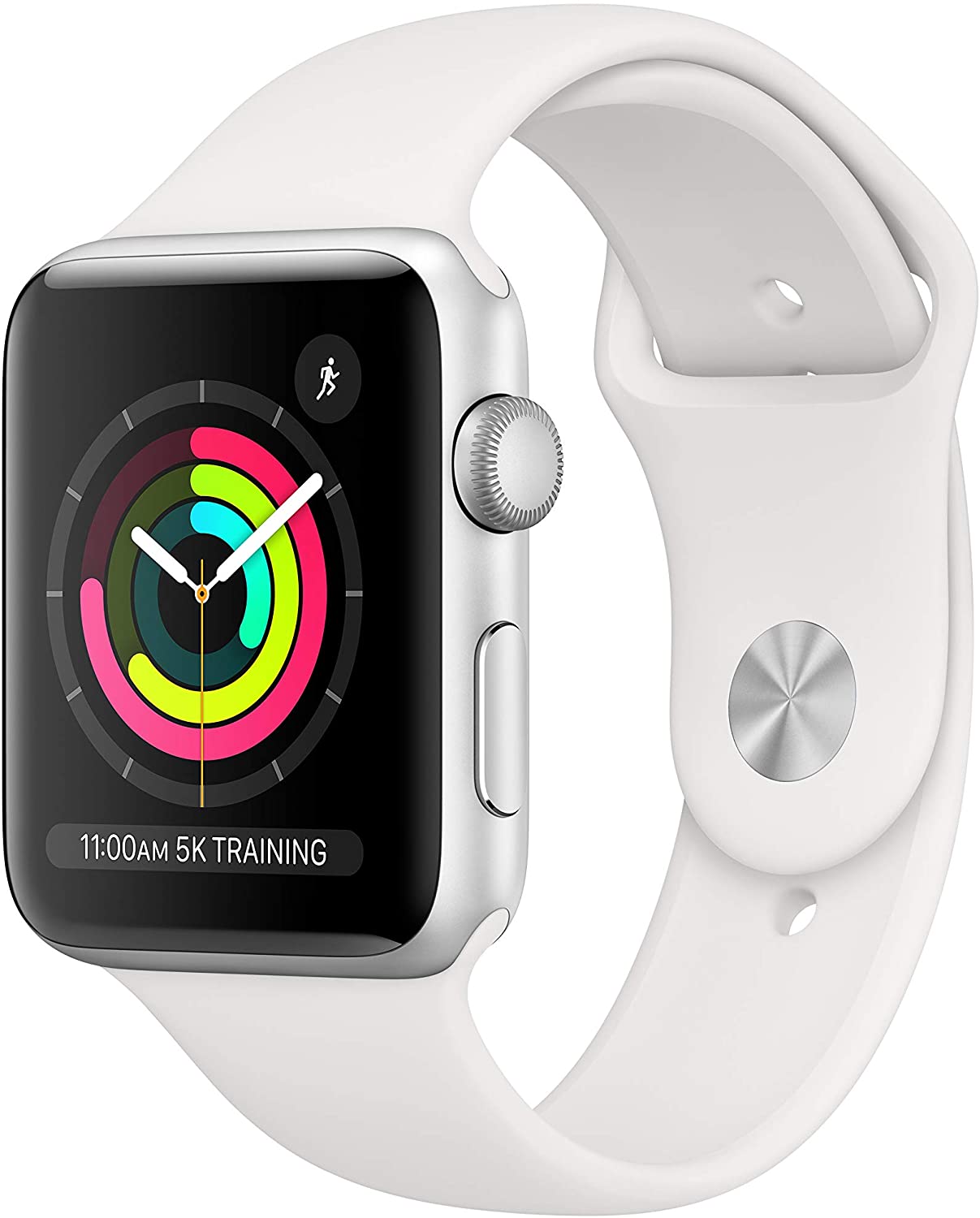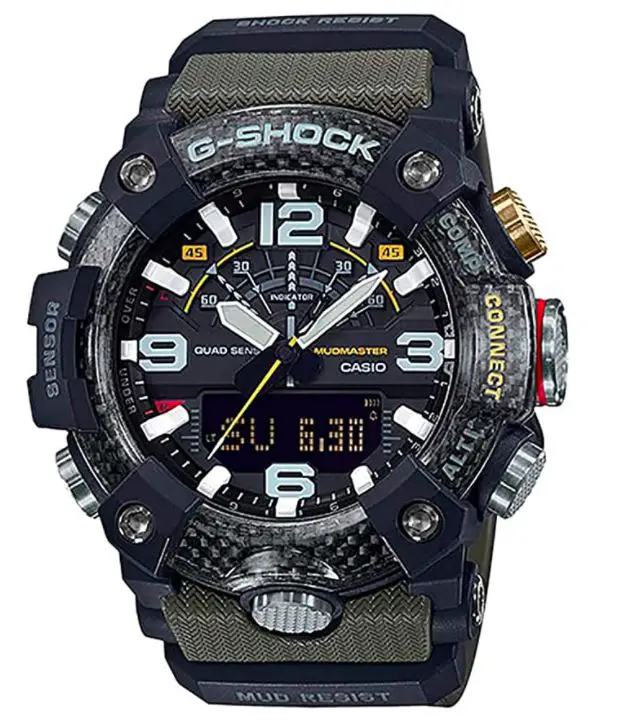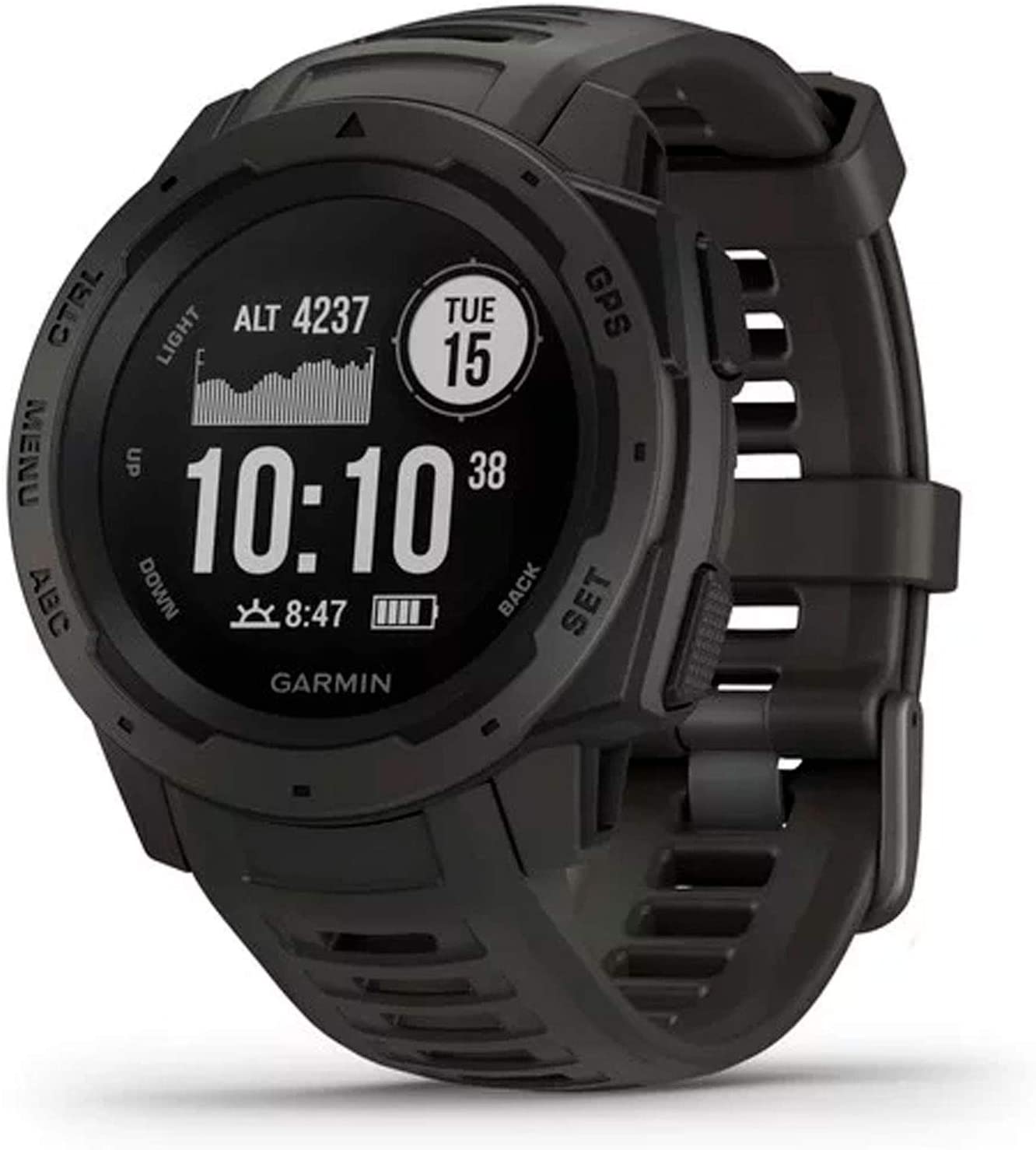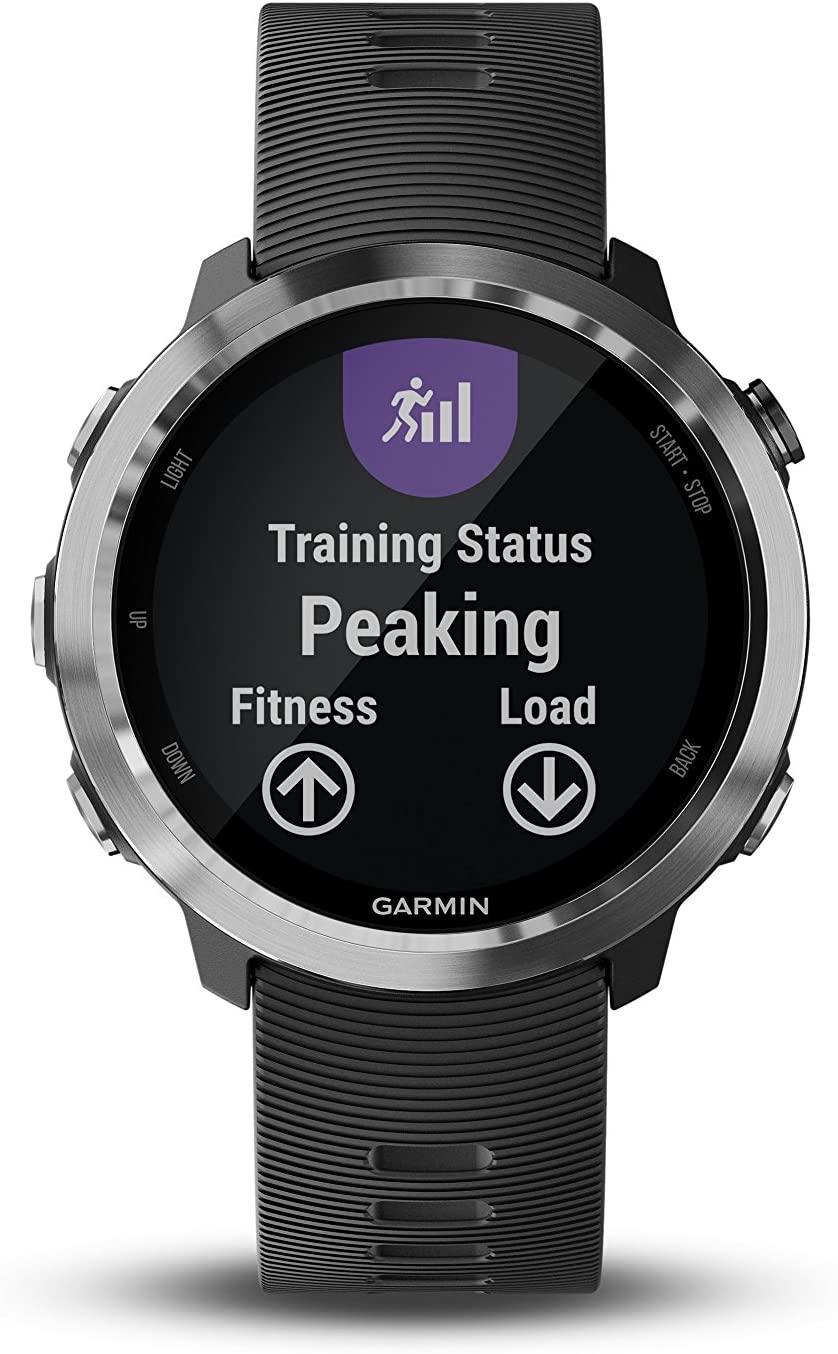Hiking is one of the most exhilarating and exciting outdoor activities around. While to some people it might seem like taking a quick walk or two into the wilderness, any true hiker will tell you that there’s more to it than a simple stroll. In fact, you’re going to need to make sure you have plenty of equipment and the right clothing with you before you head out on any kind of outdoor trail.
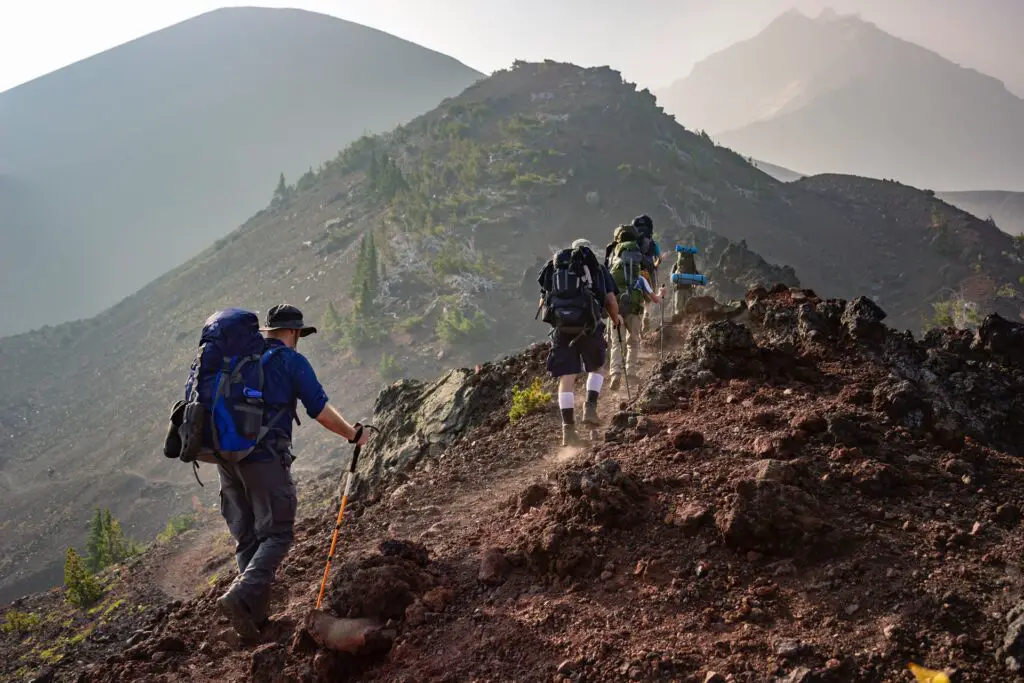
Ok – so hiking isn’t an Olympic sport as it stands but hiking as a sport is still hugely popular for millions of people all over the world. You’ll actually burn more calories than you imagine taking a few rugged trails here and there. With this in mind, let’s take a closer look at hiking as a sport and as a popular outdoor activity – and what you’ll need to know before you start making these big treks part of your leisure routine.
What is Fun About Hiking?
There’s lots that’s fun about hiking. Any seasoned hikers will tell you that there’s probably no better way to see the world around you. Yes – there are gentle walks here and there which will put you back in touch with nature – but hiking takes things one step further.
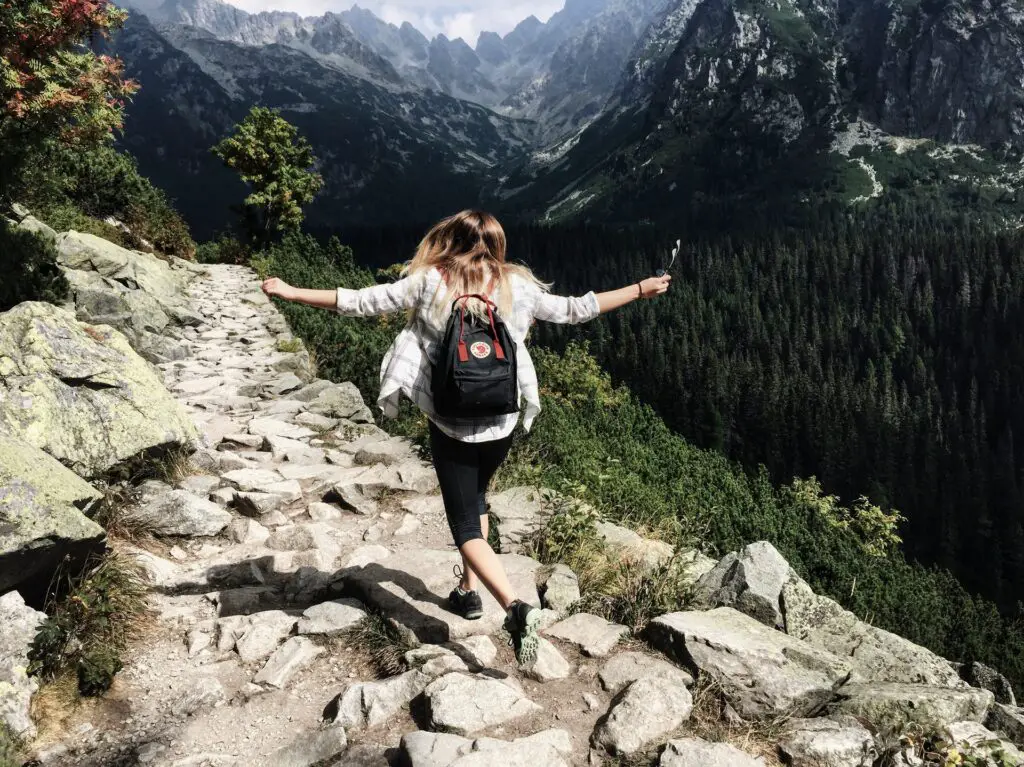
- It gets your blood pumping. Like all good exercise, the best hikes shouldn’t leave you exasperated for breath, but should get your heart rate beating to the point where you feel energised. It’s long been suggested that exercise helps to release endorphins into your body, which are crucial for building feelings of happiness and contentment.
- You’ll be able to take in some fantastic sights. There are specific hiking trails across the US which take you up close to mountains, valleys, forests, woods, lakeland and much more. You’ve seen plenty of the great outdoors on your phone or on TV – now’s your chance to get out there and actually take it all in up close and personal.
- It’s a great group activity. You’ll be able to tackle longer hikes with family and friends, or if you prefer, you can go solo. You might even choose to go hiking on a date – it’s a great way to get to know people.
- It’s a break free from the norm. If you’re sick and tired of the same city scenes, or being cooped up indoors, hiking is a brilliant way to relieve yourself from some of the artificial stresses of everyday life. It’s embracing the great outdoors one step at a time.
- It’s a real challenge! There are some trails which are easy for beginners to adapt to, while there are some which are seriously fiendish. These are only for the strong-willed, however, there are no reasons why you won’t be able to reach that standard one you’re hiking regularly.
How Long is a 5 Mile Hike?
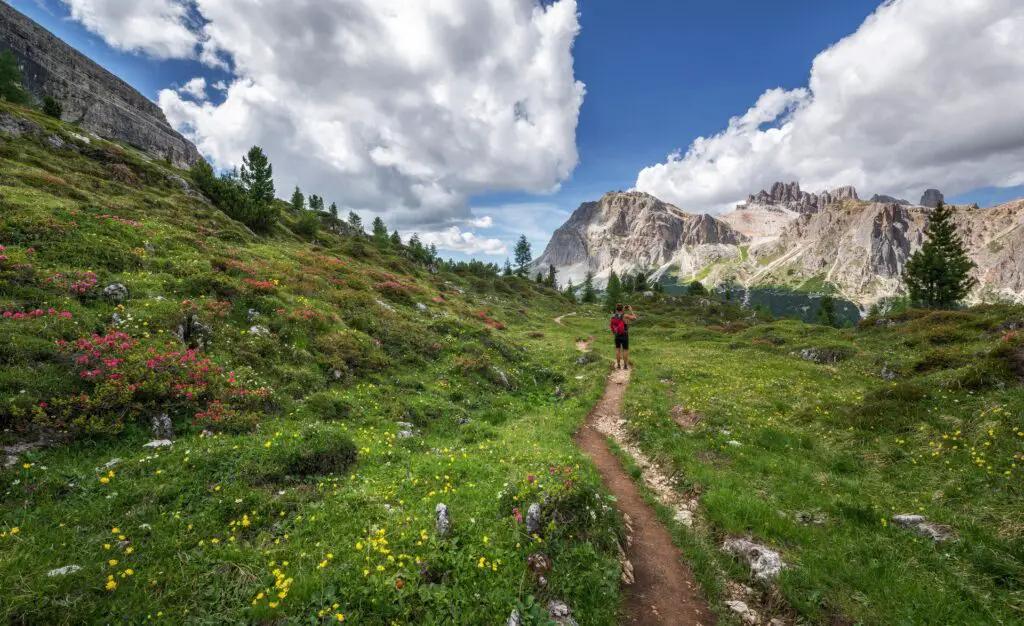
Avoiding the obvious answer, the length of a 5 mile hike is going to vary depending on your walking speed, your strength, and the actual nature of the trail you choose. For example, some hiking trails may have steep slopes and tight curves, making it a little trickier to traverse. This is, obviously, going to add a little more time your journey depending on how you choose to approach them.
You’ll need to calculate your pace, too, and take into account extra weight such as the size of your backpack and any accessories you may have to hand. On average, it’s safe to say that a general hiker who’s taking a day trip with a reasonably light bag might take around an hour and a half to cover 5 miles. Fitter hikers might do it in around an hour. However, again, there are plenty of variables in play.
The best thing to do is just get out there and measure your potential. This way, you’ll know how long you can personally take out to cover five miles on a general track. You might want to consider investing in a pedometer, or a fitness wearable that actively tracks your steps and which lets you track workouts and walking sessions.
Does Hiking Reduce Belly Fat?
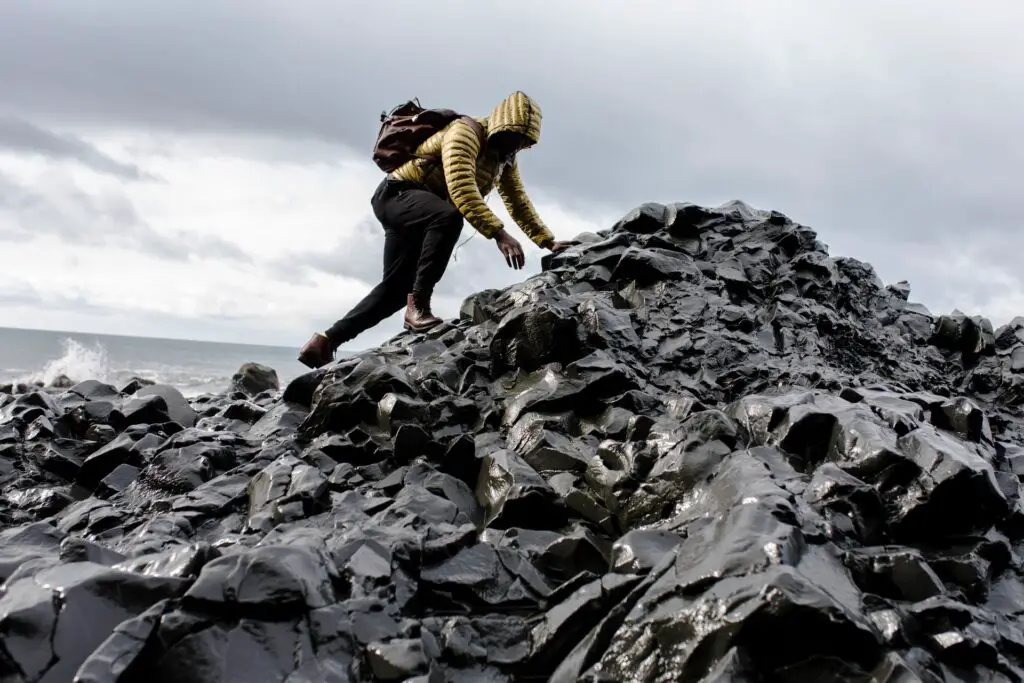
Hiking is a real sweat-inducing labor of fun, which means you’re likely to be burning off plenty of calories depending on your route. Your starting weight and the length you travel, as well as pace, will of course impact on this. You may well burn around 500 calories per hour while hiking, but the fitter you are the lower this will be. You may find that you can burn double this in the same period if you have more weight to lose.
But can it burn belly fat? Technically, yes. However, where you lose fat from isn’t something you really have any control over. The more calories you burn, and the bigger your calorific deficit is, the more fat you will burn. Therefore, if you consume 2,000 calories in a day, and you expend 3,000 calories (including 1,000 for hiking, for example), you’ll have a deficit that works out at around 2lbs weight loss per week. Naturally, this will differ from person to person.
Essentially – hiking will burn fat if your diet and exercise regimes are in check. However, do be aware that you’re going to lose it across your body, not just your abdomen.
Does Hiking Make Your Bum Bigger?
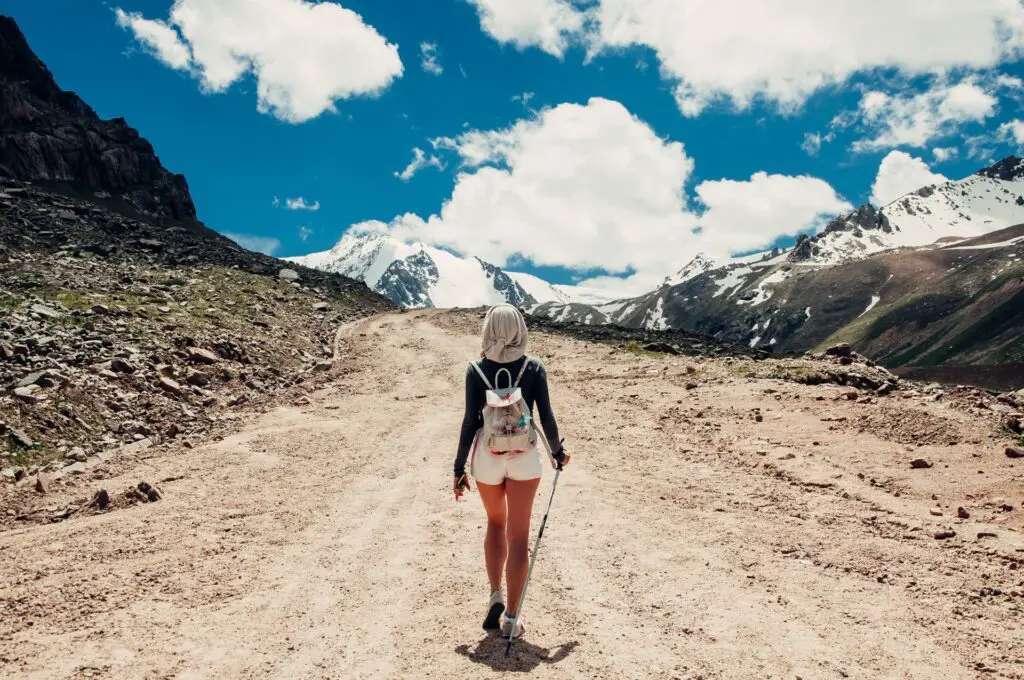
It can help. It’s a common fact that strenuous walking and hiking can help to add serious strength to your glutes, which means that you may find that you add size to your glutes over time. Of course, you will also be burning fat in this region. Walking and hiking are not key exercises for buttock size, however, as exercises such as lunges and squats, which fully engage your glutes, are likely to give more of a boost.
Therefore, whether you are avoiding building up your butt or want to slim down all around, keep in mind that hiking and walking in general won’t be the sole answer. You can either rest easy or take up additional strengthening exercises alongside if you’re looking for more definition.
What is the Difference Between a Walk and a Hike?
It’s a good question, and while seasoned hikers will know the answer, it’s not something that’s always going to be obvious to the general crowd. As you might imagine, walking is a simpler pursuit, to the point where it is an everyday activity for millions of able-bodied people.
The differences come into play when you start thinking about challenge. Hiking is walking but with added obstacles, inclines, and elevations. Think of it rather like a game – walking is the beginner’s mode, while hiking is ‘hard mode’. Walking generally takes place at a gentle pace and on flat levels. Therefore, as hiking is a pursuit that takes you out of your comfort zone and across all manner of different trails and rugged walkways, it’s likely to be more of an effort for most people.
So the next time you hear this question asked – or before you start getting into hiking regularly – hiking is like walking, but with the challenge turned up!
What Gear Do I Need for Day Hiking?
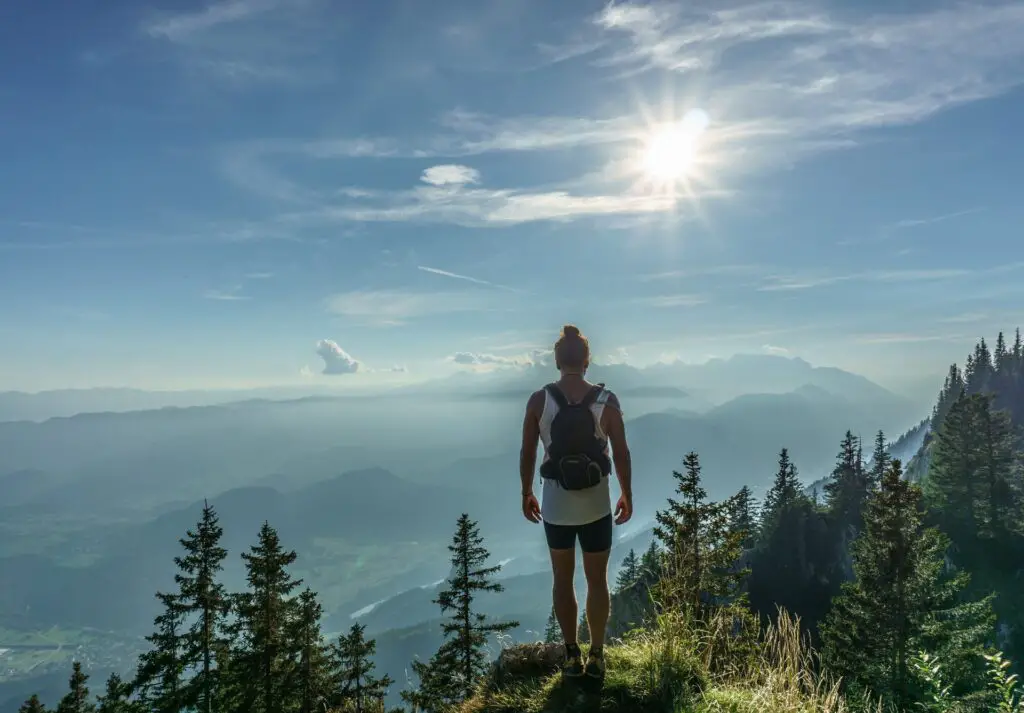
Day hiking is a fantastic pursuit that’s not without its perils. Therefore, there are always going to be a few things you need to take with you as absolute essentials from trip to trip. No matter where you hike, and no matter the length of trip you are going on, these are some bits and pieces you must always take along to make sure you are completely prepared.
- A backpack – this goes without saying, but if you’re going to take anything on a hike, you’re going to need somewhere to hold it. Choose a comfy rucksack or backpack that holds enough volume for what you need.
- A communications device – I probably wouldn’t advise you take a shiny new iPhone with you up the rugged trails, however, it stands to reason that you will always need to keep in touch with people. Therefore, consider investing in a simple cellphone.
- GPS – rather than lug along awkward maps with you, you might want to invest in some form of GPS tracking. Yes – plenty of smartphones have this built in – but as mentioned, you might not benefit from taking $1000+ worth of tech up a mountainside. If all else fails – invest in a compass!
- The right boots – always make sure you have flat and gripped boots on your feet, especially those which are weatherproofed, before you travel. Grip is everything. For more complex or longer walks and trails, you may also benefit from taking a hiking pole or two with you to give yourself that little bit more strength while you’re on the move.
- Waterproofing and insulation – even on warm hikes and on sunny days, it pays to be prepared. This is especially worth doing if you are going to be camping along the way. Take some waterproof items and padded clothing or accessories, if you can, if the weather is due to turn.
- Sunscreen – yes – again – it might not be sunny weather where you’re heading, but always make sure you have a good tube of sunscreen at a reasonable SPF rating before you head out on any kind of day hike. Also make sure you have sunshades or sunglasses, at least, to protect your eyes against UV and glare.
- First aid equipment – you never know when you or your team could take a tumble, and for that reason, make sure you have plasters, bandages, ointments and more to hand/
- Water – this really goes without saying, but yes – a bottle of plain water is a must. Try and find one which lets you filter and drink wild water, too, so that you can fill up on route if you need to. What’s more, not all hiking trails are so formal with any kind of water stop along the way – so be sure to bring your own along.
- Snacks – a protein bar or two is likely to be enough. I’d advise against cramming your backpack full of unhealthy snacks, however, as you’re going to need slow release energy from as natural a source as possible – just to keep you going!
Of course, this list is not exhaustive! Any seasoned hiker will likely tell you what they take with them on day hikes – meaning it’s definitely worth reaching out to the wider community if you can.
What Should You Not Take on a Hike?
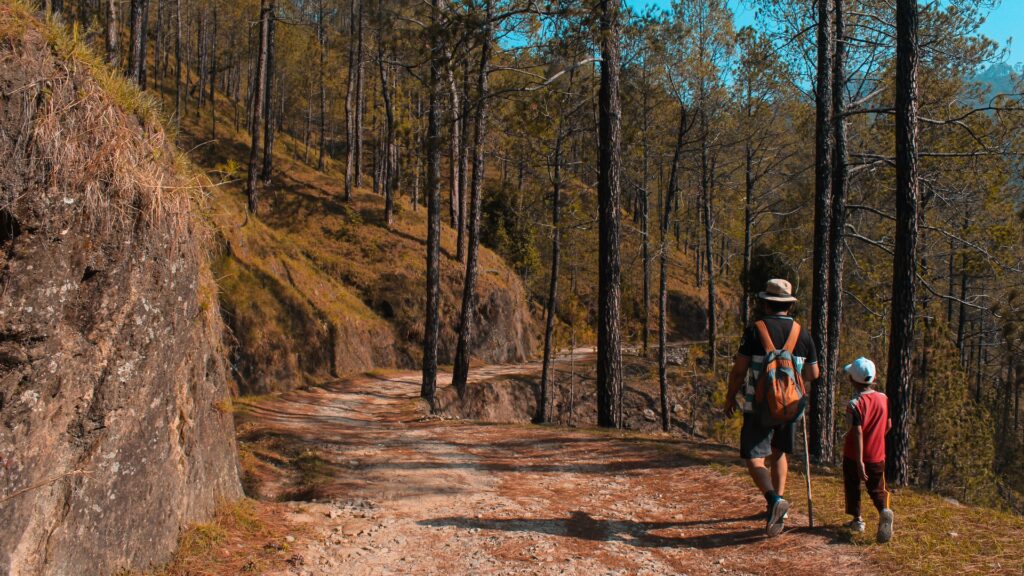
Last but not least, there are always going to be a few things that are best you leave at home before hiking. For example:
- Don’t take too much of anything. You should know your own strength, but depending on the hike you’re going on, you’re going to need all the flexibility and dexterity you can get. Try out your packed bag before you go anywhere serious.
- As mentioned, try and downgrade to a cheaper smartphone or cellphone device for your trips. You must have some way of keeping in touch with people – but it’s not a great idea to take an expensive piece of technology with you if you’re likely to be high up in the heavens.
- Don’t take anything that’s likely to leak. Ok – you need to stay hydrated – but a tightened thermos or sports bottle is going to protect you here.
- Try not to take anything that’s likely to distract you. Are you really going to take a book with you? Unless you’re camping overnight somewhere, there’s probably not going to be any need to distract yourself from the great outdoors – which should really be commanding your full attention!
- Of course, you should never bring anything uncomfortable. Yes – your hikes are going to need supportive clothing and footwear – but if you’re not comfy, you’re not at ease, and you’ll find the whole experience a chore.
Conclusion
Hiking as a sport is a lot of fun. It’s really easy to get into, and it’s amazingly affordable – why not stock up on a few supplies and start exploring your own backyard?
SOURCES

